

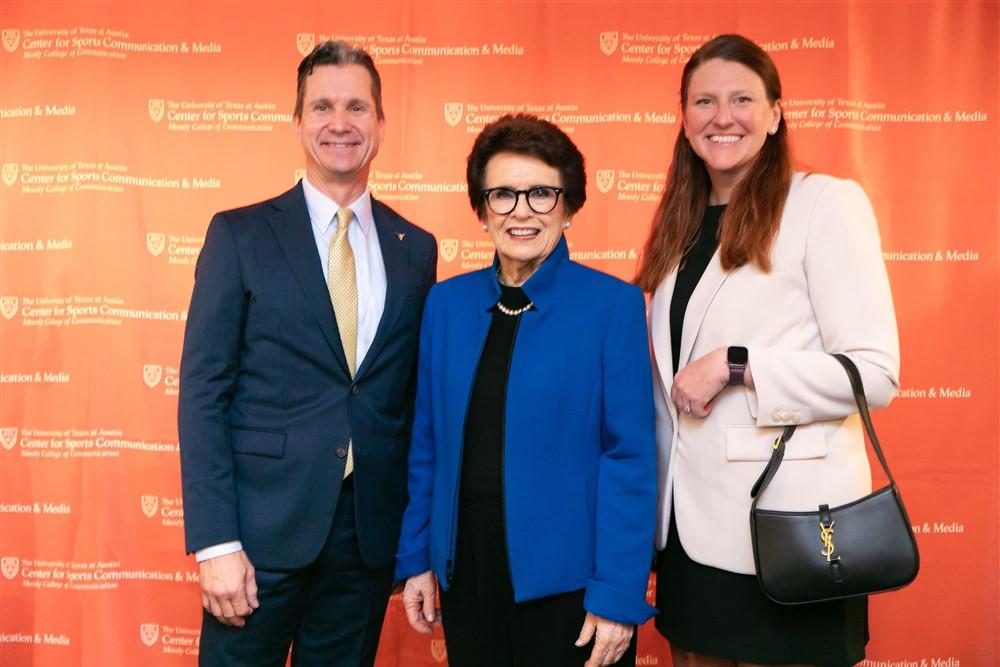
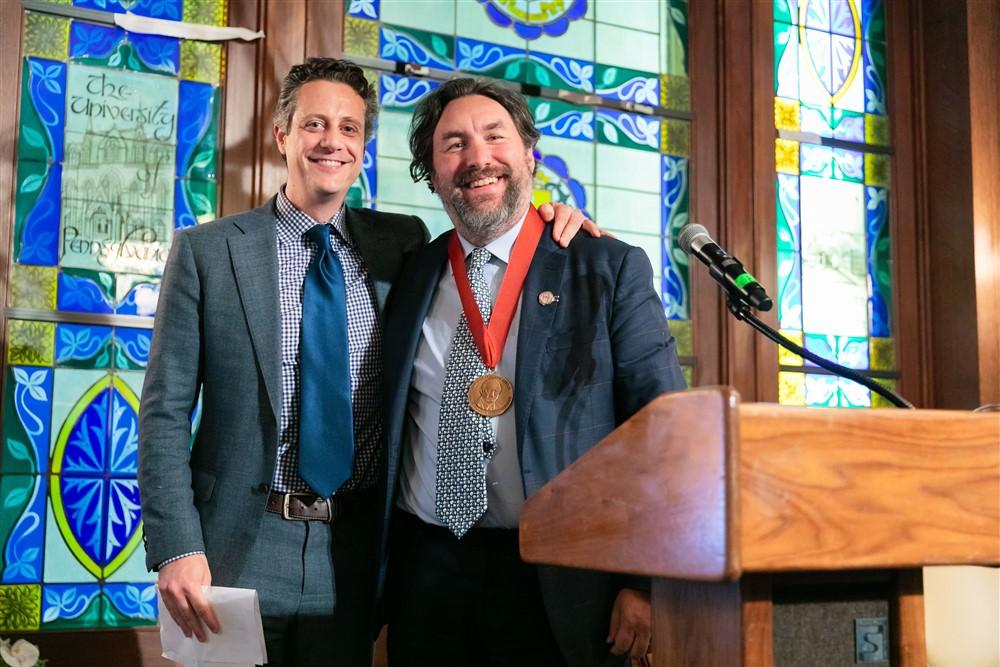
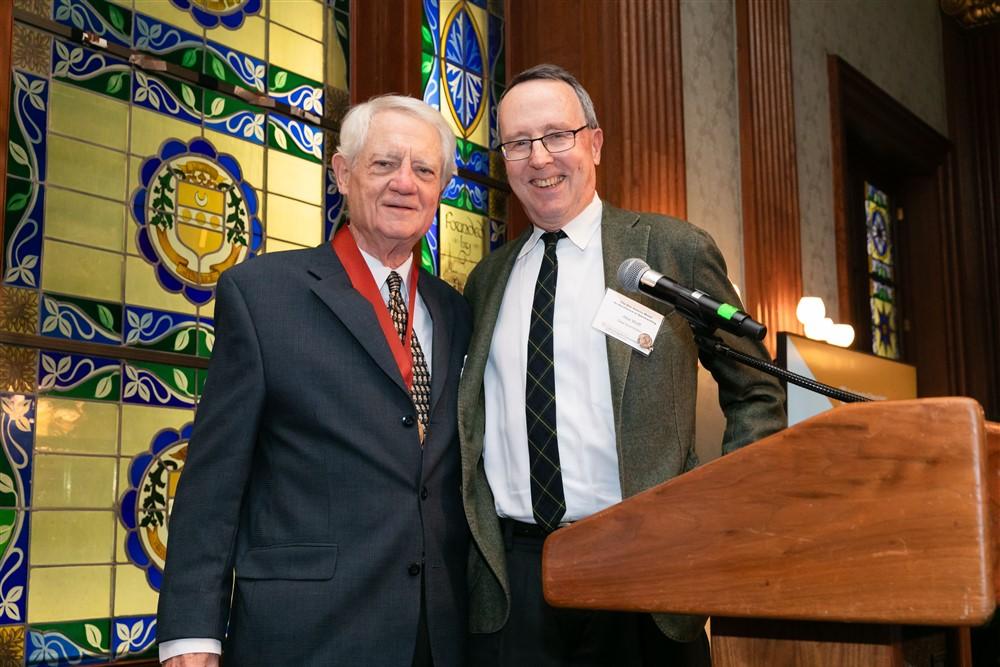
2025 Jenkins Medal for Excellence in Sportswriting
Wright Thompson Wins Best Sportswriting;
Roy Blount Jr. Awarded Lifetime Achievement
Wright Thompson and Roy Blount Jr. are the winners of the 2025 Dan Jenkins Medal for Excellence in Sportswriting. Thompson wins the Best Sportswriting award for his monumental profile Caitlin Clark and Iowa Find Peace in the Process published by ESPN. Blount's Lifetime Achievement recognition has roots with his time at Sports Illustrated as a staff writer and associate editor (1968-75) and later a Senior Special Contributor. His 1974 book about the Pittsburgh Steelers, "Three Bricks Shy of a Load," is cited as a masterpiece of New Journalism.
This is the ninth iteration of the Dan Jenkins Medal for Excellence in Sportswriting. The awards are named annually by a jury of working sports journalists in honor of the legendary Texas sportswriter and best-selling author, who defined the sportswriter’s craft for a generation. The winners were celebrated with a dinner in their honor on September 26, 2025 at the Penn Club of New York. Sports icon Billie Jean King received the Jenkins Medal Sports Legend award at the event.
2025 McGarr Symposium
The most recent McGarr Symposium on Sports and Society brought together five members of the editorial team for the Olympic and Paralympic Analysis report. Participants included:
Dr. Alina Bernstein from the School of Communications, College of Management and the Steve Tisch School of Film and Television at Tel Aviv University in Israel
Dr. Danielle Sarver Coombs from Ravensbourne University in the UK
Dr. Michael Devlin from Texas State University
Dr. Daniel Jackson from Bournemouth University in the UK
The panel reflected on the 2024 Summer Games in Paris and the plethora of insights shared by 100+ scholarly contributors to the report. Symposium speakers discussed a range of topics, including the impact of hosting a sports mega-event, matters of identity and representation among athletes and in sports media, and the inevitable effects of politics on the world's largest sporting spectacle.
Dr. Butterworth moderated the conversation.
2025 Deford Lecture
Joe Buck, ESPN play-by-play commentator, delivered the 2025 Frank Deford Lecture in Sports Journalism on March 3.
In 2022, Buck, along with Troy Aikman, agreed to a to a multi-year deal with ESPN, making him the new play-by-play announcer of Monday Night Football. Buck and Aikman are the NFL’s longest broadcasting tandem in history, beginning their partnership in 2002 as a three-man booth with analyst Cris Collinsworth, before becoming a duo in 2005. Over their 22 seasons together, they have called more than 300 regular-season games, more than 40 playoff matchups, 18 NFC Championships and Super Bowls XXXIX, XLII, XLV, XLVIII, LI and LIV. Both have been nominated for Sports Emmy Awards multiple times, with Buck winning a record-tying eight times for play-by-play. In December 2022, Buck was inducted into the Sports Broadcasting Hall of Fame.

Third Annual Politics in Sports Media Report
The Center for Sports Communication & Media (CSCM) is proud to announce its third annual report, “Politics in Sports Media.” This comprehensive study of sports media content in the United States captures a range of audience perceptions and details critical issues in sports media.
The report’s research team includes 15 faculty members and graduate students from the Moody College of Communication. The team was led by Dr. Natalie Brown-Devlin, Dr. Jennifer McClearen, and CSCM director, Dr. Michael L. Butterworth. “Politics in Sports Media” defines “politics” broadly to include references to campaigns, elected officials, and legislation as well as matters of power, resources, and equity. The relationship between sports and politics is neither new nor temporary and CSCM plans to issue this report each January.
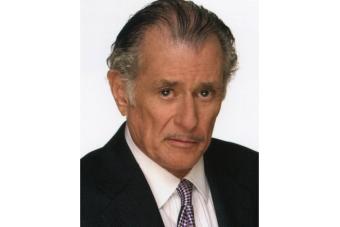
The Frank Deford Lecture in Sports Journalism
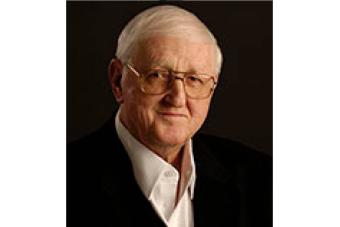
The Dan Jenkins Medal for Excellence in Sportswriting
The Center for Sports Communication and Media hosts the Dan Jenkins Medal for Excellence in Sportswriting as a celebration of the craft and history of sportswriting. Named in honor of the legendary Texan and one of the most accomplished sportwriters of his generation, the Jenkins Medal is awarded annually at a dinner every fall.


